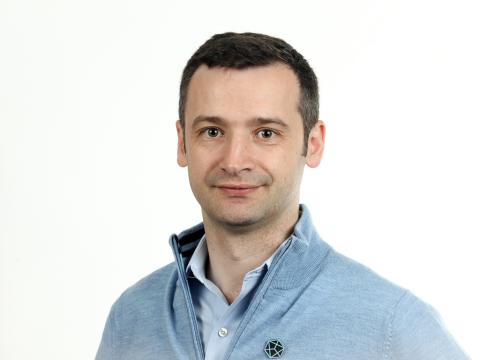Abstract
Ploidy represents the number of chromosome sets in a cell. Although gametes have a haploid genome (n), most mammalian cells have diploid genomes (2n). The diploid status of most cells correlates with the number of probable alleles for each autosomal gene and makes it difficult to target these genes via mutagenesis techniques. Here, we describe a 7-week protocol for the derivation of mouse haploid embryonic stem cells (hESCs) from female gametes that also outlines how to maintain the cells once derived. We detail additional procedures that can be used with cell lines obtained from the mouse Haplobank, a biobank of >100,000 individual mouse hESC lines with targeted mutations in 16,970 genes. hESCs can spontaneously diploidize and can be maintained in both haploid and diploid states. Mouse hESCs are genomically and karyotypically stable, are innately immortal and isogenic, and can be derived in an array of differentiated cell types; they are thus highly amenable to genetic screens and to defining molecular connectivity pathways.
PMID:31160788 | DOI:
UK DRI Authors
